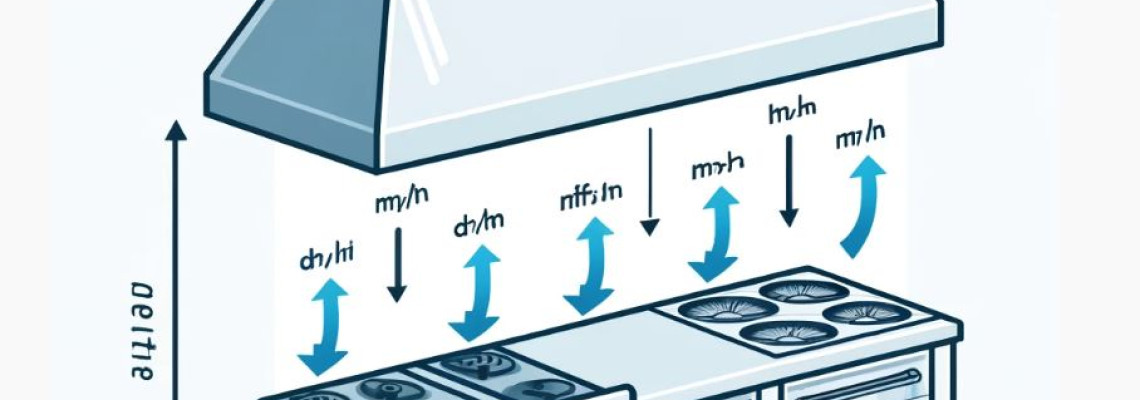
How to Calculate the Size of a Commercial Kitchen Hood
When designing or updating a commercial kitchen, one of the key elements to consider is the kitchen hood. A properly sized hood is crucial for safety, ventilation, and compliance with regulations. This guide will walk you through the steps to determine the appropriate size for your commercial kitchen hood.
Step 1: Understanding the Basics
What is a Kitchen Hood? A kitchen hood, also known as an extractor hood, is a device containing a mechanical fan that hangs above the stove or cooktop in the kitchen. It removes airborne grease, combustion products, fumes, smoke, heat, and steam from the air.
Step 2: Determine the Type of Cooking Equipment
Different types of cooking equipment require different ventilation needs. Here's a quick breakdown:
- Light-duty equipment: ovens, pasta cookers
- Medium-duty equipment: ranges, griddles
- Heavy-duty equipment: charbroilers, wok ranges
Step 3: Measure the Dimensions of Your Cooking Equipment
Measure the width and depth of all your cooking equipment. This will help you determine the coverage area needed for the hood. Add up the widths of all equipment pieces placed side by side.
Example:
- Oven: 30 inches wide
- Range: 36 inches wide
- Griddle: 24 inches wide
- Total width: 90 inches
Step 4: Calculate the Hood Size
Hood Width: The hood should extend at least 6 inches beyond the cooking equipment on all sides. For a 90-inch wide cooking line, the hood should be at least 102 inches wide (90 inches + 6 inches on each side).
Hood Depth: The depth of the hood should match the depth of the cooking equipment plus an additional 6 inches. If your equipment is 30 inches deep, the hood should be at least 36 inches deep.
Step 5: Ventilation Requirements
Refer to the DW/172 guidelines for the specific airflow rates required for different types of equipment. Here’s a simplified guide:
- Light-duty: 500 cubic meters per hour (m³/h) per linear meter of hood
- Medium-duty: 680 m³/h per linear meter of hood
- Heavy-duty: 1020 m³/h per linear meter of hood
Example Calculation: For a 3-meter hood covering medium-duty equipment:
Step 6: Compliance with Regulations
Ensure your hood installation complies with:
- DW/172: Specifies the standards for kitchen ventilation systems.
- Gas Safety Regulations: Ensure safe installation and operation of gas appliances.
- Building Regulations: Comply with local building codes and standards.
- HSE Guidance: Follow the Health and Safety Executive guidelines for workplace safety.
Step 7: Professional Consultation
While this guide provides a basic understanding, consulting with a professional is highly recommended to ensure compliance with all regulations and safety standards.
